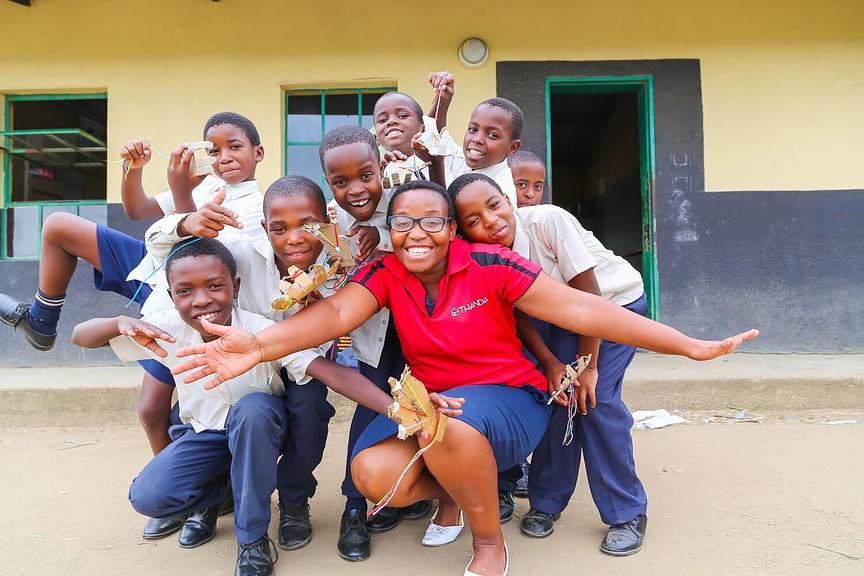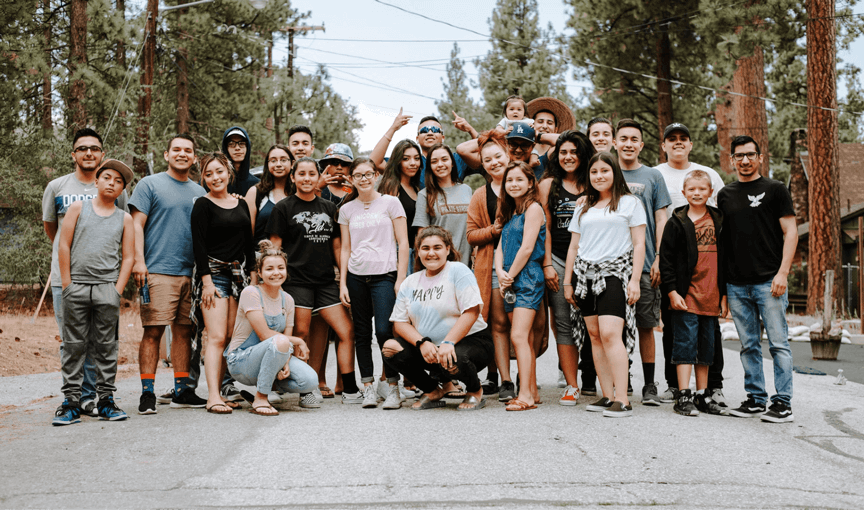It’s no secret: South Africa’s education system is failing. A recent report by the IEA found that 78% of Grade 4 children in South Africa cannot read for meaning in any language and a 2015 TIMSS study found that Grade 5 pupils reported the highest occurrence of bullying out of 49 countries surveyed. The problem, as we see it, is that there is entirely too much focus on rote memorization and meaningless academic milestones, with little to no focus on practical application or values and skills that will build better future citizens. This pervasive issue affects nearly every young person in South Africa – especially those in rural areas where schools are understaffed and under resourced.
Thanda began offering homework help after school for children in a rural community located about an hour south of Durban. However, we quickly realized that this approach simply did not have the capacity to effect long-term change. Our experience highlighted the urgent need for programming that would enable children to connect classroom learning to real-world applications. The ability to think critically or creatively, to have global perspective, to have the confidence to learn from mistakes – these skills are so rarely a priority in educational settings, yet they are essential for breaking ongoing cycles of poverty.
In response, our Education Team dedicated themselves to testing different models, activities, and lessons using low resources (and recycled materials, where possible) in order to identify effective strategies that truly resonate with children. The result: our Creative Learning Curriculum, which aims to build academic skills (literacy, numeracy, and empirical thinking) as well as Game-changing Skills (Creativity, Empathy, Self-esteem, Critical thinking, and Perspective). The curriculum embraces fun, fosters personal growth, and facilitates emotional healing by using superheroes like Ironman, artists like Ai Weiwei, and musicians like Bob Marley as overarching curriculum themes. Unlike traditional rural educational settings where children are often taught not to ask questions, our Creative Learning Curriculum encourages the opposite – children are urged to explore tangents, test their boundaries, learn from their mistakes, and develop an insatiable curiosity for life and learning.
Our Creative Learning Curriculum is applied in our own After-school Programmes, which are led by local youth and impact over 700 children in Grades R-10 daily and is also being piloted with several non-profit organisations throughout South Africa. It is our ultimate goal that these young learners will pave a better way forward for their communities and, on a larger scale, the world.



